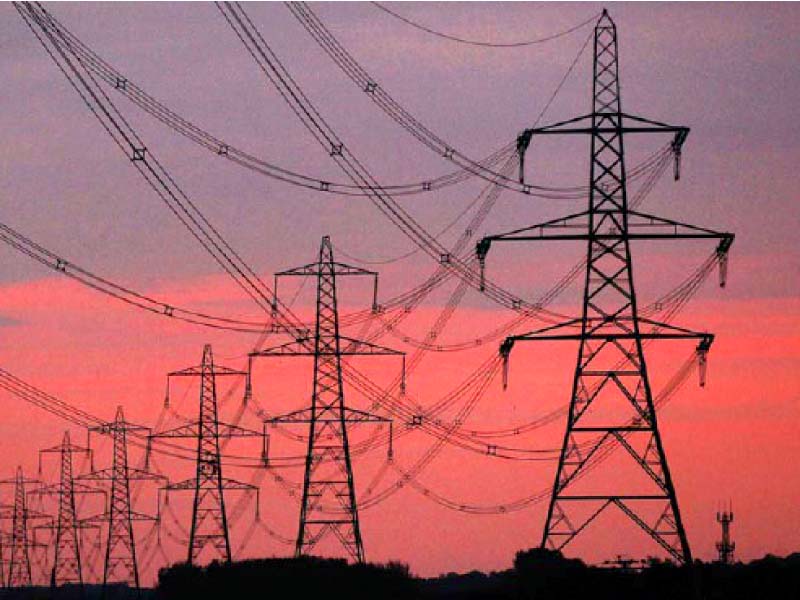
Pakistan has informed the International Monetary Fund (IMF) that the average electricity tariff on account of yearly adjustment might increase in the range of Rs5 to Rs7 per unit in July and that it is going to miss the circular debt reduction target despite multiple rounds of price hike.
During the ongoing interactions on “further engagements with the fund”, the IMF has not accepted the government’s proposal to reduce power tariff for industries by increasing the burden of up to 200 units monthly consumers through adding fixed charges in their bills.
The deliberations took place during a number of rounds to assess the performance of the power sector this week, according to the sources in the government.
The sources said that the energy ministry officials informed the IMF that based on the petitions by the power distribution companies, electricity tariffs on account of annual base tariff adjustment might go up by Rs5 to Rs7 per unit. This may translate into about 20% increase on the basis of the existing base tariff.
The sources said that the IMF asked the ministry to share more details about the assumptions used to work out the annual base tariff increase. They said that it appeared that the IMF was skeptical about the quantum of increase, which might be less than what the Power Division was expecting.
The annual base prices are being increased every year to make the power sector financially viable. The monthly, quarterly and debt servicing surcharges are over and above the annual base tariff hike. The current effective per unit electricity price for domestic consumers is Rs62, which is double than the existing base tariff due to various kinds of increases and taxes built over and above the base tariff.
The sources said the Rs5 to Rs7 per unit expected hike was on the basis of annual budget subsidies of over Rs1.2 trillion for the next fiscal year 2024-25. In case the quantum of the subsidy changes, it will also have an impact on the expected increase in the electricity prices.
The sources said that the Ministry of Finance has indicated a maximum Rs920 billion in power subsidies for the next fiscal year but the final decision has not yet been taken. The Ministry of Energy official did not respond to a request for comment.
For the past two years, the electricity prices had been increased on an average by Rs7 per unit and yet it failed to curtail the circular debt.
For the current fiscal year, the government and the IMF had agreed to keep the circular debt at Rs2.310 trillion. However, the sources said that the Ministry of Energy informed the IMF that the circular debt may exceed the target by Rs80 billion to Rs100 billion in this fiscal year.
This puts a serious question mark on the efficiency and the management of the power sector despite a campaign against electricity theft.
The sources said that the energy ministry again pitched a proposal that the electricity prices for up to 200 units protected category consumers should be increased by imposing a fixed monthly surcharge in the bill.
However, they said that the IMF was not receptive to the recommendation on the ground that it cannot burden the domestic consumers in order to lessen the burden of the industrial consumers.
For this fiscal year, the direct tariff differential related electricity subsidies were estimated at Rs632 billion but only Rs158 billion are being paid from the budget. The remaining Rs474 billion are being borne by residential consumers with higher consumption as well as the commercial and the industrial consumers.
In February this year, the IMF had also rejected the proposal of shifting the power cost burden from one shoulder to the other. “The proposed industrial tariff reduction plan does not address the underlying problems and in particular, the circular debt neutrality of the tariff rationalization plan is doubtful,” IMF’s Mission Chief to Pakistan Nathan Porter said in February this year.
The mission chief further added that the industrial tariff reduction plan “would place a significant additional burden on vulnerable households”.
The government wants to reduce the cross-subsidy burden of the industry and in return it seeks to increase the subsidy burden of the residential consumers.
The government’s plan was also throwing an additional burden of Rs50 to Rs3,000 per month fixed charges in the electricity bills of all residential consumers. Only for the protected category consumers the proposal was to slap Rs50 to Rs450 per connection monthly surcharge.
The IMF has the opinion that restoring the viability of the energy sector is critical to Pakistan's economic recovery and fiscal sustainability. However, it is essential for the government to focus on broad-based reforms, including reducing the high cost of energy, improving compliance and reducing theft and line losses.
According to the earlier proposal, the consumers of up to 400 units of equal monthly consumption are receiving Rs592 billion subsidies at Rs13.65 per unit rate. Out of this Rs592 billion, the lifeline and protected consumers get Rs375 billion subsidies. The industrial consumer is paying Rs8.61 per unit subsidy and the residential consumer using more than 400 units is paying Rs5.88 per unit.
However, the government’s plan was about relieving industrialists from their Rs8.61 per unit burden but adding into the burden of Rs5.88 per unit of the residential consumers.

1737528702-0/fizza-(73)1737528702-0-405x300.webp)

1737527082-1/sydney-(1)1737527082-1-165x106.webp)




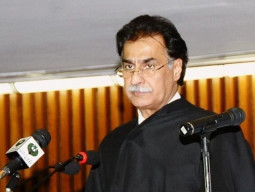




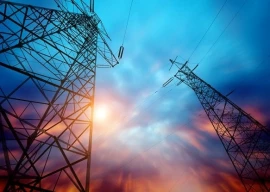
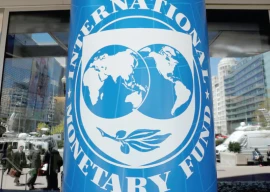
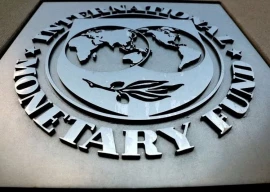


1737452260-0/Gaddafi-stadium-(2)1737452260-0-270x192.webp)

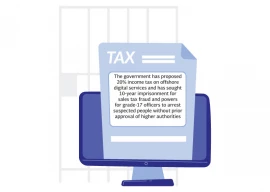

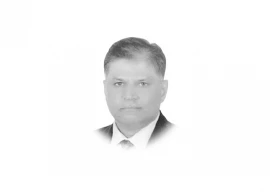





COMMENTS (1)
Comments are moderated and generally will be posted if they are on-topic and not abusive.
For more information, please see our Comments FAQ